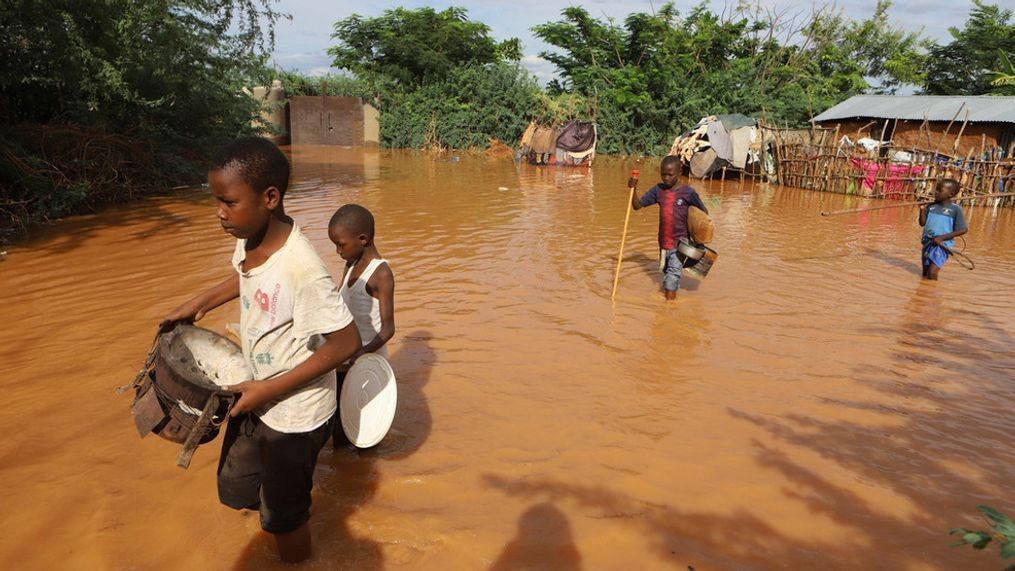
Children navigating through floodwaters in Budalangi, carrying their belongings as they seek safer ground amid the rising water levels. Photo/AP
By Daisy Okiring
Budalangi Kenya, 2025/04/09
Is your school-going child affected by the ongoing heavy rainfalls? If so, you are not alone.
The situation is particularly traumatizing in Budalangi and Nyando District, where relentless floods have turned schools into makeshift shelters and disrupted education for thousands of children. As torrential rains continue to lash the region, the once vibrant classrooms are now submerged, transforming into chaotic scenes of despair.
For many students, the floods have not only washed away textbooks and school supplies but also their dreams for the future. Aisha Mwangi, a 14-year-old aspiring doctor, finds herself questioning whether she will be able to continue her studies. “I worry that if I miss too much school, I won’t be able to catch up,” she laments, her voice a mix of determination and fear. Similarly, 15-year-old Samuel Otieno, who dreams of becoming an engineer, expresses his frustration: “I can’t cross the river when it floods. How can I focus on my studies when my school is underwater?”
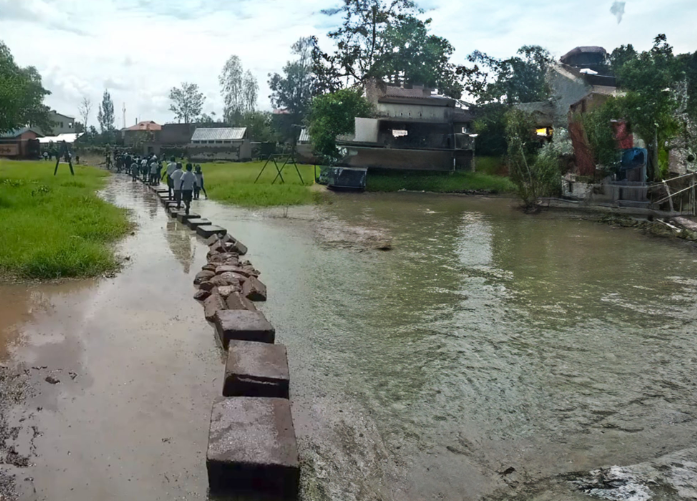
The Kenya Meteorological Department (KMD) has warned that heavy rainfall may persist throughout mid-May, leaving families and communities in a precarious situation. With over 380,000 people affected and more than 280,000 displaced across the country, the flood crisis starkly illustrates the urgent need for proactive disaster management and resilient educational infrastructure.
The Human cost of climate change
The floods have wreaked havoc across Budalangi and Nyando, leading to significant loss of life and property. According to reports, as of May 12, 2024, floods have claimed over 267 lives, with many more injured and missing. The economic toll is staggering, with damages exceeding KES 4 billion (approximately USD 35 million). As crops are washed away and livestock lost, families struggle to make ends meet, complicating their ability to send their children to school.
“Floods close schools, destroy infrastructure, and displace families,” explains Dr. Rosemary Imonje, an education expert at the University of Nairobi. “These impacts hinder learning and force children out of school, perpetuating a cycle of poverty that is incredibly difficult to escape.”
Read more:How sustainable agriculture is mitigating climate change in Kenya
In Budalangi, where flooding has become an annual tragedy, the situation has reached alarming levels. Classrooms have filled with water, forcing teachers to send students home. “Just last week, we had to cancel classes because the floodwaters reached the desks,” recounts Mr. Otieno, a principal at a local secondary school. “It’s heartbreaking to see our students so eager to learn, yet they cannot because of circumstances beyond their control.”
Struggling to stay afloat
The emotional and psychological toll on students is profound. With schools closed and access to education hindered, many children face the real possibility of dropping out. “I can’t cross the river when it floods, and I fear I will fall behind my classmates,” shares Aisha, her determination wavering. “I want to be a doctor, but how can I focus when my school is underwater?”
The Ministry of Health has raised alarms over potential outbreaks of waterborne diseases as sanitation facilities are overwhelmed. “When floods come, our latrines are submerged, and we have to use the bushes,” laments Samuel. “This is not just about missing classes; it’s about our health and safety.”
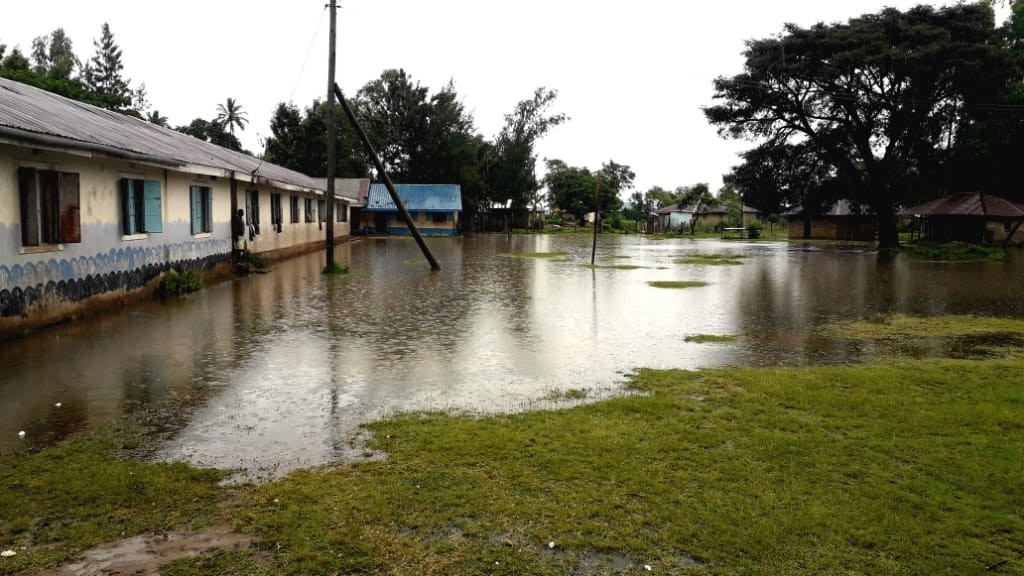
As the rains continue, the government has issued evacuation orders for those living near riverbanks, aiming to prevent further loss of life. Yet, these measures come too late for many families already displaced by the rising waters. “We were told to evacuate, but where do we go?” asks a frustrated parent in Budalangi. “Our homes are gone, and we are left with nowhere to turn.”
Resilience in the face of adversity
Despite the overwhelming challenges, schools and communities in Budalangi and Nyando are banding together to find solutions. Many educational institutions are employing various coping mechanisms, including water harvesting systems and tree planting initiatives aimed at mitigating flooding impacts. “We have started planting trees around our school to help reduce the flow of water during floods,” notes Mr. Mwangi, a teacher at a primary school in Budalangi. “It’s a small step, but every little bit helps.”
Organizations like OCHA and the Kenya Red Cross are actively involved in relief efforts, but the need for comprehensive climate adaptation strategies is urgent. “We need to shift from reactive to proactive flood management,” emphasizes Dr. Imonje. “This means investing in infrastructure that can withstand these climate shocks and ensuring that our education systems are resilient.”
Community leaders in Budalangi are advocating for the need to secure educational institutions against natural disasters. “We cannot afford to rebuild schools that will flood again next year,” states a local leader. “We need sustainable solutions that protect our children’s future.”
A call for comprehensive solutions
The annual floods highlight the urgent need for a comprehensive approach to climate change in Budalangi and Nyando. As President Ruto announces a KES 1 billion fund for the reconstruction of schools, stakeholders are calling for a focus on not just rebuilding, but enhancing the resilience of educational facilities.
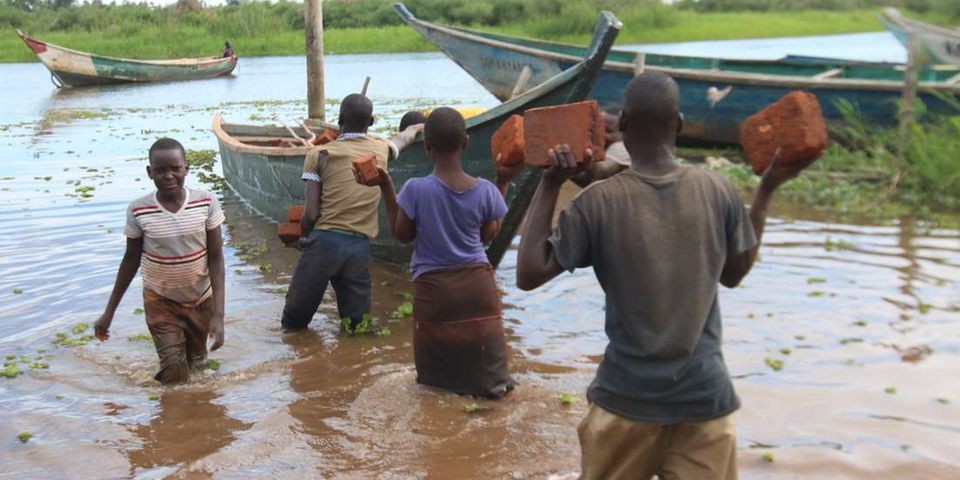
“This is a critical moment for our education system,” asserts Dr Ndirangu. “We must ensure that schools are equipped to deal with these challenges in the future.”
Read more:Treasury under fire as MPs condemn Sh40 billion withdrawals
As the rains taper off and the waters recede, the hope is that Kenya will emerge stronger, with a renewed commitment to safeguarding education against the impacts of climate change. “We are determined to keep learning, no matter what,” declares Aisha, embodying the resilience of a generation that refuses to be defined by the floods.
The hope for change
In Budalangi and Nyando, the battle against floods is intertwined with the struggle for education. Every year, as families rebuild their lives, schools face the daunting task of providing learning opportunities amidst the chaos of climate-related disasters. “We are determined to keep learning, no matter what,” said Aisha, embodying the resilience of a generation that refuses to be defined by the floods.
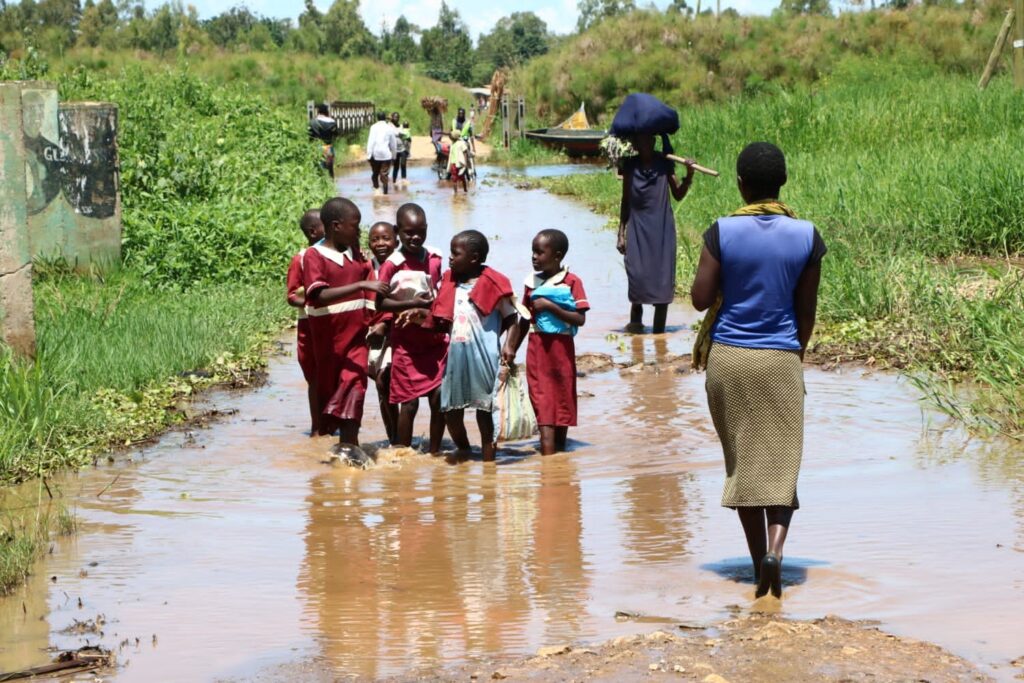
As the community rallies together, the hope is that these young minds will not only survive but thrive, breaking the cycle of poverty and building a brighter future for themselves and their families.
Read more:Young lawyer’s love for mediation turns into books
In the face of adversity, the students of Budalangi and Nyando are a testament to the enduring spirit of youth. While floods may disrupt their education today, their determination to learn and grow remains unyielded. As the community comes together to confront the challenges posed by climate change, there is hope that a more resilient education system can emerge—one that protects the dreams of children like Aisha and Samuel.
The fight for education continues
As the rain clouds gather and the waters rise, the story of Budalangi’s students serves as a poignant reminder of the challenges posed by climate change. The floods may disrupt their education, but the spirit of resilience and determination within these young learners shines brightly. With support from local communities, educational institutions, and government initiatives, they strive to keep their dreams alive, proving that even in the face of adversity, hope and education can prevail.
The fight for education in the shadow of floods is not just a battle for survival; it is a quest for a brighter future. As the rains come and go, the call for action remains clear: invest in resilient educational systems, empower communities, and prioritize the right to education for every child, regardless of the circumstances they face.


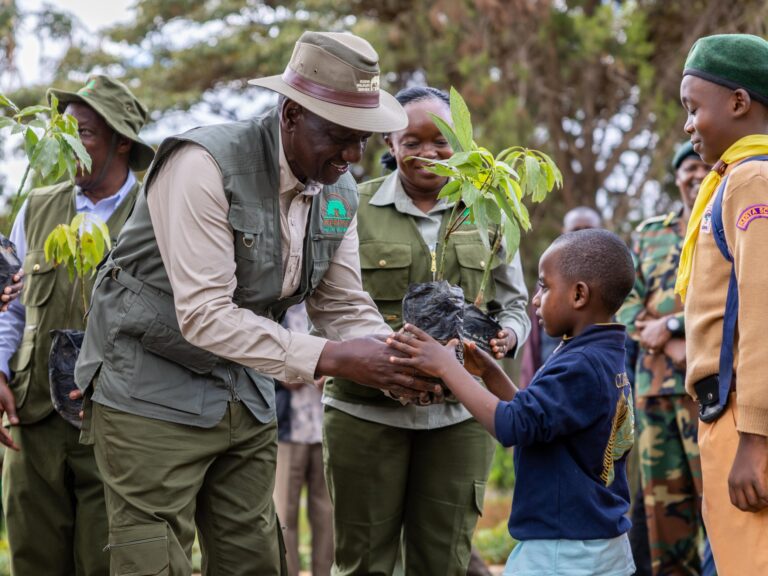

1 thought on “Students strive for education amidst floods in Budalangi & Nyando”
Comments are closed.